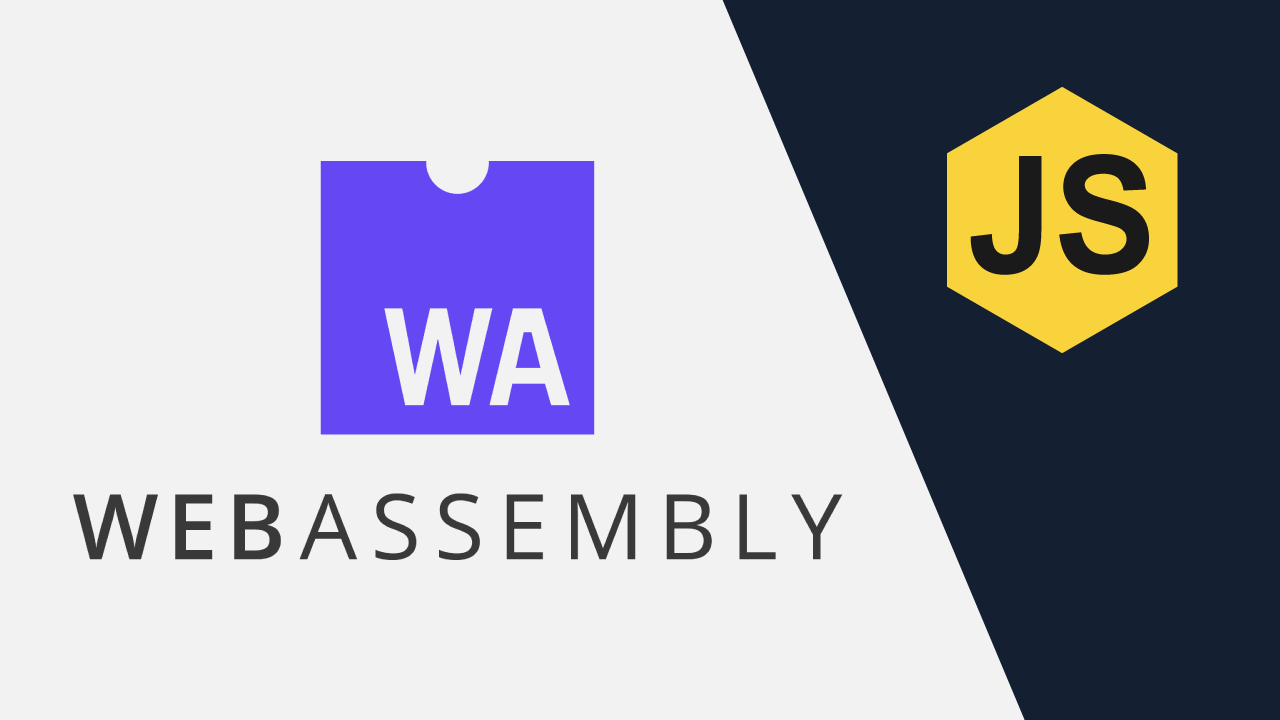WebAssembly has been around for years but is only just starting to gain real traction in the developer space. What is WebAssembly? Is it going to replace JavaScript?! Signs say no, but it still has the potential to have a huge impact on JavaScript development in the browser and in Node.JS. Let’s walk through the how and why of this amazing new language feature through code and discussion.
Speaker: Mx Kassian Wren | DevRel, Cloudflare.
–
WebAssembly and the future of Web development
WebAssembly (abbreviated Wasm) is a binary instruction format for a stack-based virtual machine. Wasm is designed as a portable target for compilation of high-level languages like C/C++/Rust, enabling deployment on the web for client and server applications.
WebAssembly gives developers a way to write optimized code routines, usually in C++. This is powerful ability, but it has a relatively narrow scope. It’s useful if you need to improve the performance of complex calculations. (For example, fastq.bio used WebAssembly to speed up their DNA sequencing calculations.) It’s also important if you’re porting high-performance games or writing an emulator that runs inside your browser. If this is all there were to WebAssembly, it wouldn’t be nearly as exciting — and it wouldn’t have any hope of displacing JavaScript. But WebAssembly also opens a narrow pathway for framework developers to squeeze their platforms into the JavaScript environment.
Here’s where things take an interesting turn. WebAssembly can’t sidestep JavaScript, because it’s locked into the JavaScript runtime environment. In fact, WebAssembly needs to run alongside at least some ordinary JavaScript code, because it doesn’t have direct access to the page. That means it can’t manipulate the DOM or receive events without going through a layer of JavaScript.
This sounds like a deal-breaking limitation. But clever developers have found ways to smuggle their runtimes in through WebAssembly. For example, Microsoft’s Blazor framework downloads a miniature .NET runtime as a compiled WASM file. This runtime deals with the JavaScript interop, and it provides basic services (like garbage collection) and higher-level features (layout, routing, and user interface widgets). In other words, Blazor uses a virtual machine that lives inside another virtual machine, which is either an Inception-level paradox or a clever way to create a non-JavaScript application framework that runs in the browser.
Blazor isn’t the only WebAssembly-powered experiment that’s out of the gate. Consider Pyodide, which aims to put Python in the browser, complete with an advanced math toolkit for data analysis.
This is the future. WebAssembly, which started out to satisfy C++, Rust, and not much more, is quickly being exploited to create more ambitious experiments. Soon it will allow non-JavaScript frameworks to compete with JavaScript-based standbys like Angular, React, and Vue.
And WebAssembly is still evolving rapidly. It’s current implementation is a minimum viable product — just enough to be useful in some important scenarios, but not an all-purpose approach to developing on the web. As WebAssembly is adopted, it will improve. For example, if platforms like Blazor catch on, WebAssembly is likely to add support for direct DOM access. Browser makers are already planning to add garbage collection and multithreading, so runtimes don’t need to implement these details themselves.
If this path of evolution seems long and doubtful, consider the lessons of JavaScript. First, we saw that if something is possible in JavaScript, it is done. Then, we learned that if something is done often enough, browsers make it work better. And so on. If WebAssembly is popular, it will feed into a virtuous cycle of enhancement that could easily overtake the native advantages of JavaScript.
It’s often said that WebAssembly was not built to replace JavaScript. But that’s true of every revolutionary platform. JavaScript was not designed to replace browser-embedded Java. Web applications were not designed to replace desktop applications.
#WebAssembly #Javascript #Node #NodeJS
